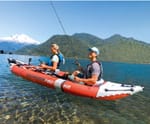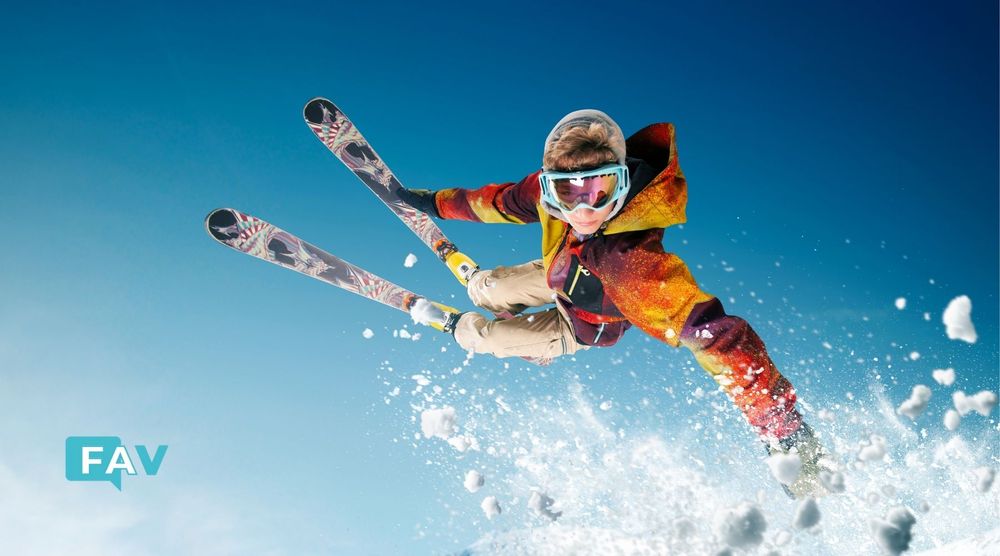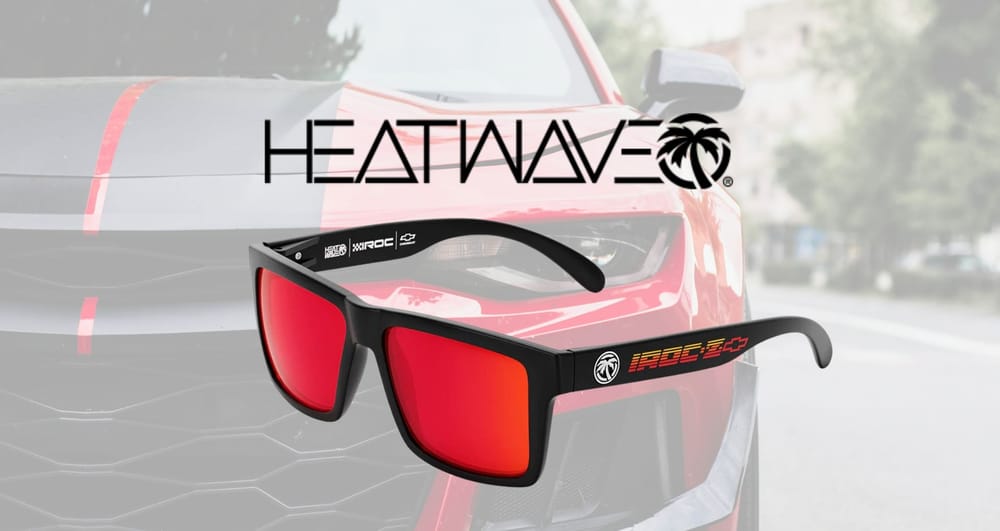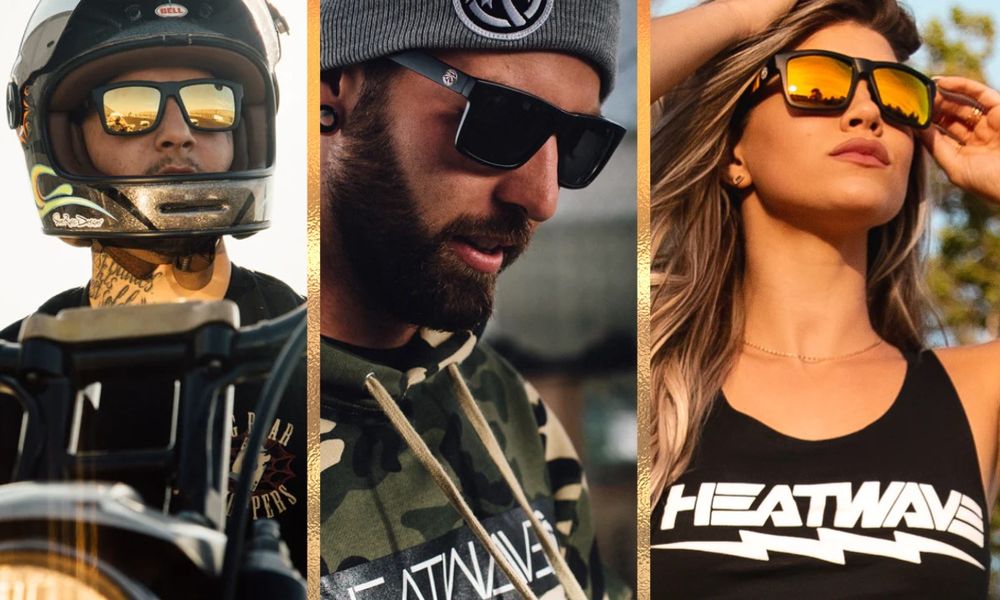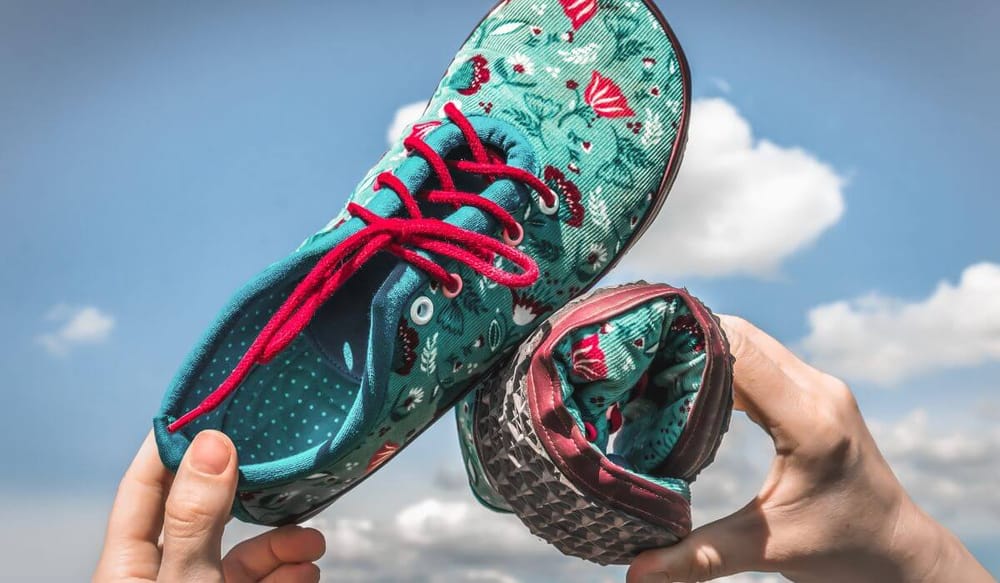Ski goggles are an essential piece of winter equipment for any skier or snowboarder. If you’re hitting the slopes this winter, you need to make sure that your ski goggles are up to the challenge. But what does VLT mean when it comes to ski and snowboard goggles and why is it important?
What is VLT in ski goggles?
VLT stands for Visible Light Transmission and it is a measure of the amount of light that passes through the lenses of your goggles.
The VLT value is expressed as a percentage, with higher percentages meaning more light transmission. In general, the lower the VLT value on a pair of ski and snowboard goggles, the darker they will be.
In short, Visible Light Transmission (VLT), is designed to provide superior visibility and clarity in any kind of winter weather.
In this article, we will explore how different brands use VLT, giving examples from Smith, Oakley, and Julbo ski goggles. We’ll also look at what factors should be considered when selecting a ski goggle with the right VLT for you.
So what do you need to know when selecting the right VLT for your ski and snowboard goggles?
First, consider what type of skiing or snowboarding you’ll be doing and what conditions you’ll be skiing in. If you’re hitting the slopes during a bright sunny day, then you’ll need higher VLT values to maximize visibility and clarity.
On the other hand, if you’re spending more time in low-light conditions like at night or in cloudy weather, then lower VLT values are what you should be looking for.
As a general rule, VLT values below 18% are best when skiing in low-light conditions and VLT values above 18% are best in bright light or sunny weather.
Smith ski goggles generally have VLTs between 7 and 16%, with some of their high-end models having up to 20%. Oakley and Julbo tend to lean towards higher VLT values of up to 25%.
So when you’re out shopping for goggles, make sure that you take the time to consider what type of skiing or snowboarding you’ll be doing and what conditions you’ll be skiing in, so you can make an informed decision about what type of VLT is best for your goggles.
Smith Ski Goggles & Their VLT
Smith ski goggles are designed with a generous amount of VLT to let ample light into the lens. This means skiers can enjoy enhanced contrast and improved visibility when they hit the slopes.
Smith has several models featuring their proprietary ChromaPop technology. Their ChromaPop lenses use proprietary technology to filter out certain wavelengths of light to improve contrast and clarity on the slopes. ChromaPop lenses come in various lens tint colors for SUN, EVERYDAY, and STORM lenses.
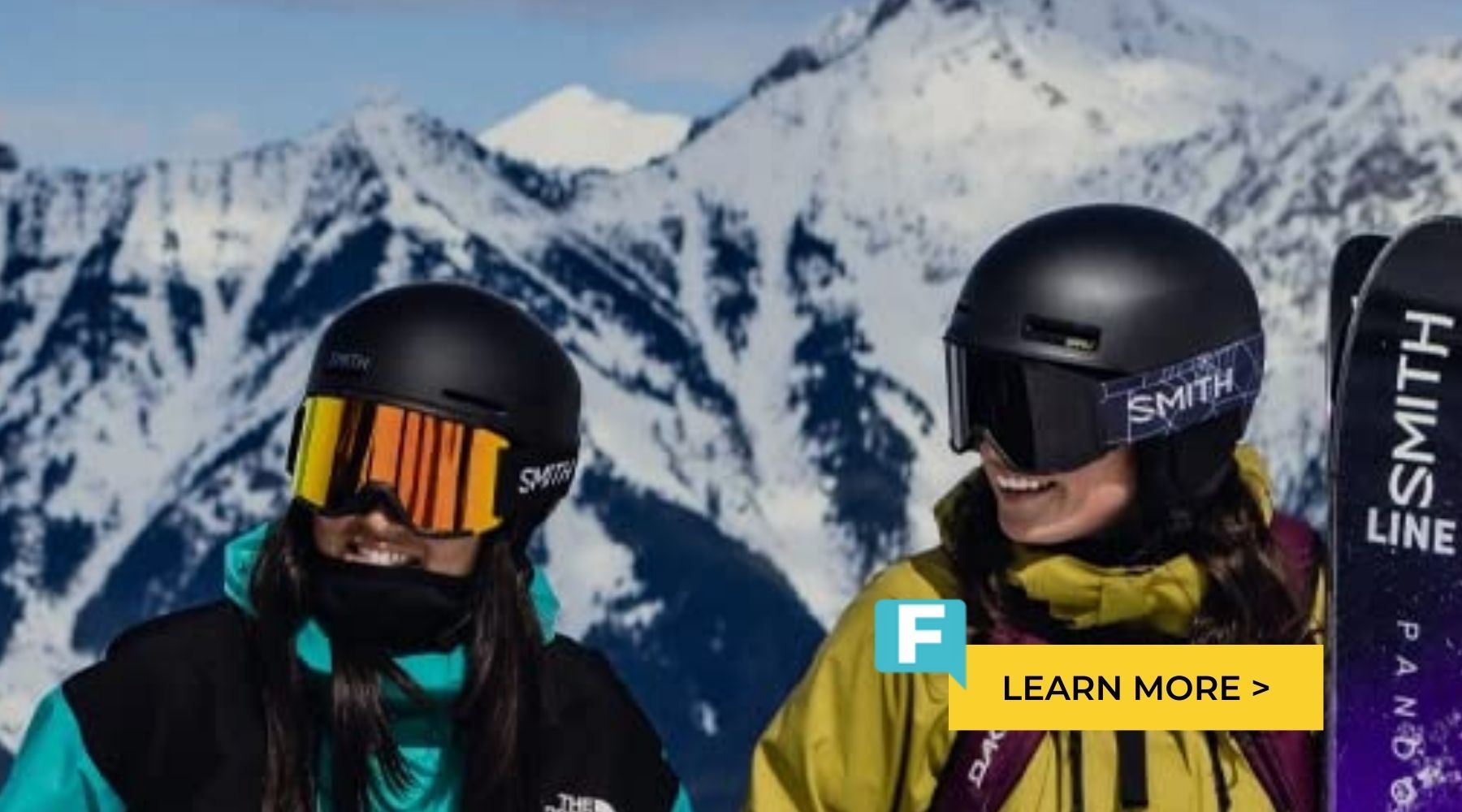
For example, the Smith Squad XL features an interchangeable lens system that offers a wide array of lenses with varying levels of light transmission so you can customize your experience based on weather conditions or personal preference.
More examples of Smith Ski Goggles using their proprietary technology can be found in our article: BEST SKI GOGGLES for Your Next Family Vacation
Oakley Ski Goggles & Their VLT
Oakley ski goggles also has plenty of VLT features to ensure maximum visibility on the slopes. The brand's Prizm lenses use advanced technology to fine-tune color and contrast so you can see more clearly in all conditions.
Oakley also offers HDO (High Definition Optics) technology which enhances clarity and sharpens your vision while skiing or snowboarding.
The Oakley Flight Deck XM model has a rimless frame design for maximum peripheral vision and also comes with two sets of lenses—one dark and one clear—so you can adjust your vision depending on specific conditions.
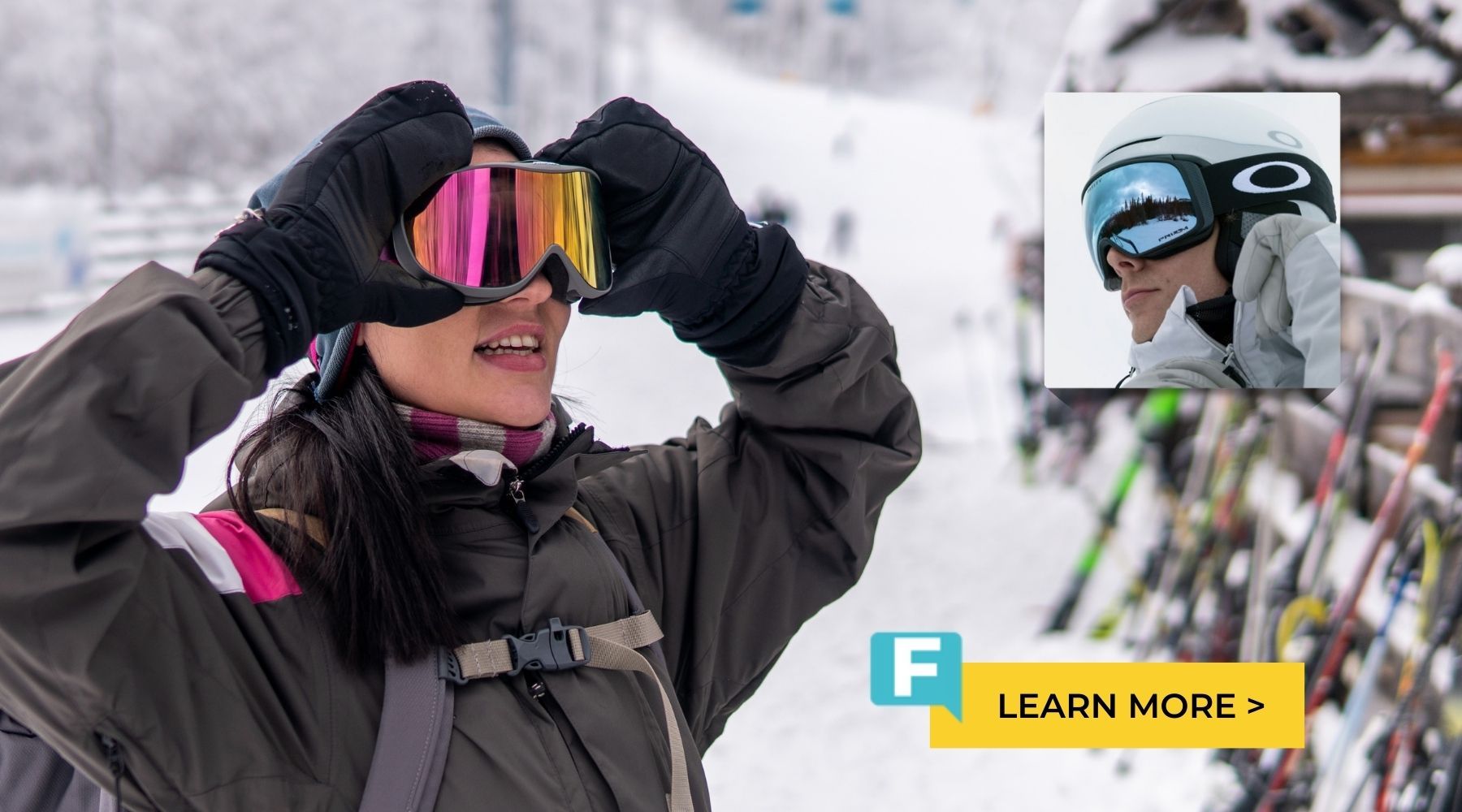
More examples of Oakley Ski Goggles using their proprietary technology can be found in our article: BEST SKI GOGGLES for Your Next Family Vacation
Julbo Ski Goggles & Their VLT
Julbo ski goggles are designed with a unique blend of style and performance in mind. Julbo uses visual light transmission in their proprietary Spectron 3CF lenses. These lenses are designed to provide a crisp view in any kind of light condition while also blocking out 100% UV rays.
The Julbo Echo Youth Goggle boasts the Spectron 3 lenses as well as an anti-fogging coating so your child won’t be blinded by foggy breath while skiing or snowboarding down a steep slope!
All Julbo lenses provide 100% UV protection no matter what type you choose so your eyes stay safe from harmful rays while skiing or snowboarding in bright sunshine or flat light conditions.
A good majority of Julbo Ski and Snowboard Goggles have a photochromic lens that change from a light to dark tint depending on the amount of sunlight and conditions. With these lenses you don't need to worry about changing out your lenses throughout the day.
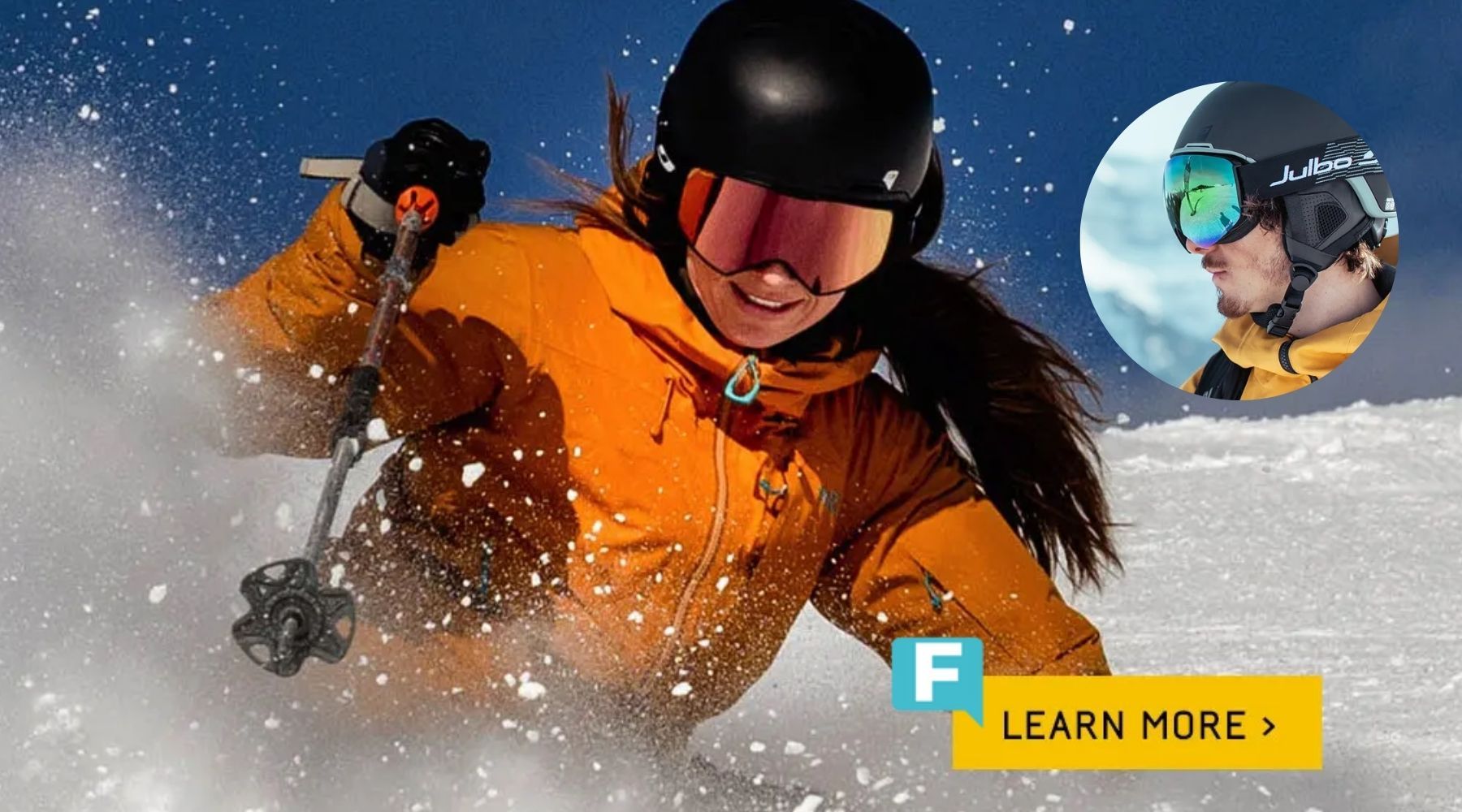
More examples of Julbo Ski Goggles using their proprietary technology can be found in our article: BEST SKI GOGGLES for Your Next Family Vacation
Visible Light Transmission (VLT) FAQs
What level of VLT is required and what color is best for skiing at dusk?
The level of VLT you need depends on what type of skiing or snowboarding you’ll be doing and what conditions you’ll be skiing in. Generally speaking, a medium lens color works best for dusk skiing or overcast days since it will reduce the amount of glare from the setting sun while still letting enough light into the lens for good visibility.
At dusk, the amount of light is much lower than what you would find during the day. As such, you should look for a ski goggle with a VLT value of between 12 and 18%. This will provide sufficient visibility against what can be a difficult lighting condition. A night yellow is a popular lens color.
What is the difference between VLT and photochromic lenses?
Photochromic lenses are designed to automatically change their tints depending on the amount of light they’re exposed to. This eliminates the need to change out your goggle lens throughout the day. They usually have a VLT range somewhere between light and dark. VLT lenses, on the other hand, have a fixed tint that can be tailored to what type of skiing or snowboarding you’ll be doing as well as what conditions you’ll be skiing in.
What is the best VLT for sunny ski days?
For sunny conditions on ski days, a VLT range around 10-20% will provide the most comfort for your eyes. The lower VLT will help reduce the sun's glare off of the snow and cut down on eye strain. Darker tints, like dark gray and bold color goggle lenses work well on extremely bright days.
What is the best VLT for night skiing?
For night skiing, a higher VLT range around 40-60% is preferable as it will provide more visibility in low light conditions. The best lens color for a VLT around 40-60% is usually a yellow or orange. Rose colored lenses for anyone? These lenses will help amplify what little light there is while providing some protection from glare.
What level of VLT is required and what lens colors are best for skiing on bright sunny days?
For bright sunny days, you’ll want to look for a lens with a lower VLT percentage level, around 10-20%. Lighter lenses, with colors like yellows or pinks are best since they will reduce the amount of glare while still providing good visibility.
What is the difference between VLT and UV protection?
VLT refers to how much light passes through a lens, while ultraviolet (UV) protection measures what percentage of the sun’s harmful rays are blocked out by the lens. A good ski or snowboard goggle should provide both VLT and UV protection.
What is the difference between VLT and polarized ski goggles?
Polarized goggles lenses are designed to reduce glare from the sun’s rays reflecting off of snow and water. They use what is known as “polarization technology” to filter out this glare, giving you a clearer view and reducing eye strain. VLT (visible light transmission) measures how much light passes through a lens. Polarized lenses may or may not have a VLT rating, depending on what type of lens you are using.
What would be a typical VLT rating for polarized ski goggles?
Polarized ski goggles typically have a VLT rating of around 10-20%, which is what you would look for in a lens for bright sunny days. Generally speaking, the darker the lens color, the lower the VLT percentage. However, it’s important to note that there are many different levels and types of polarization, so it’s best to do your research and find what works for you.
Why would someone buy mirrored goggles?
Mirrored goggles are designed with a reflective coating that helps reduce glare from the sun’s rays. The mirrored finish also helps hide your eyes, so they can be used to give you a more mysterious and cool look on the slopes. Mirrored lenses usually have a VLT rating of 15-40%, making them suitable for both bright sunny days and low light conditions.
Can VLT levels be adjusted on ski goggles?
Yes, many ski goggles come with interchangeable lenses that allow you to adjust the VLT level depending on what kind of conditions you’ll be skiing in. Some models also have a photochromic lens that automatically adjust the tint level based on how much light is present.
When selecting ski or snowboard goggles, what should I look for in terms of VLT?
When selecting ski or snowboard goggles, the amount of VLT is one of the most important factors. A good rule for VLT ranges is to look for a lens with a VLT rating between 10-20% for bright conditions, and 40-60% for less light conditions. For night skiing, consider looking for lens colors with an orange or yellow tint to help amplify what little light there is while providing some protection from glare. Additionally, many goggles now come with interchangeable lenses allowing you to adjust the VLT level depending on what kind of conditions you’ll be skiing in.
Being aware of what VLT is in snow goggles can help you find the perfect lens for maximum visibility on the slopes. With technology like Oakley's Prizm and Julbo's Spectron 3CF lenses, you can be sure that your ski or snowboard goggles will provide the optimum level of clarity and protection no matter what conditions you're skiing in.
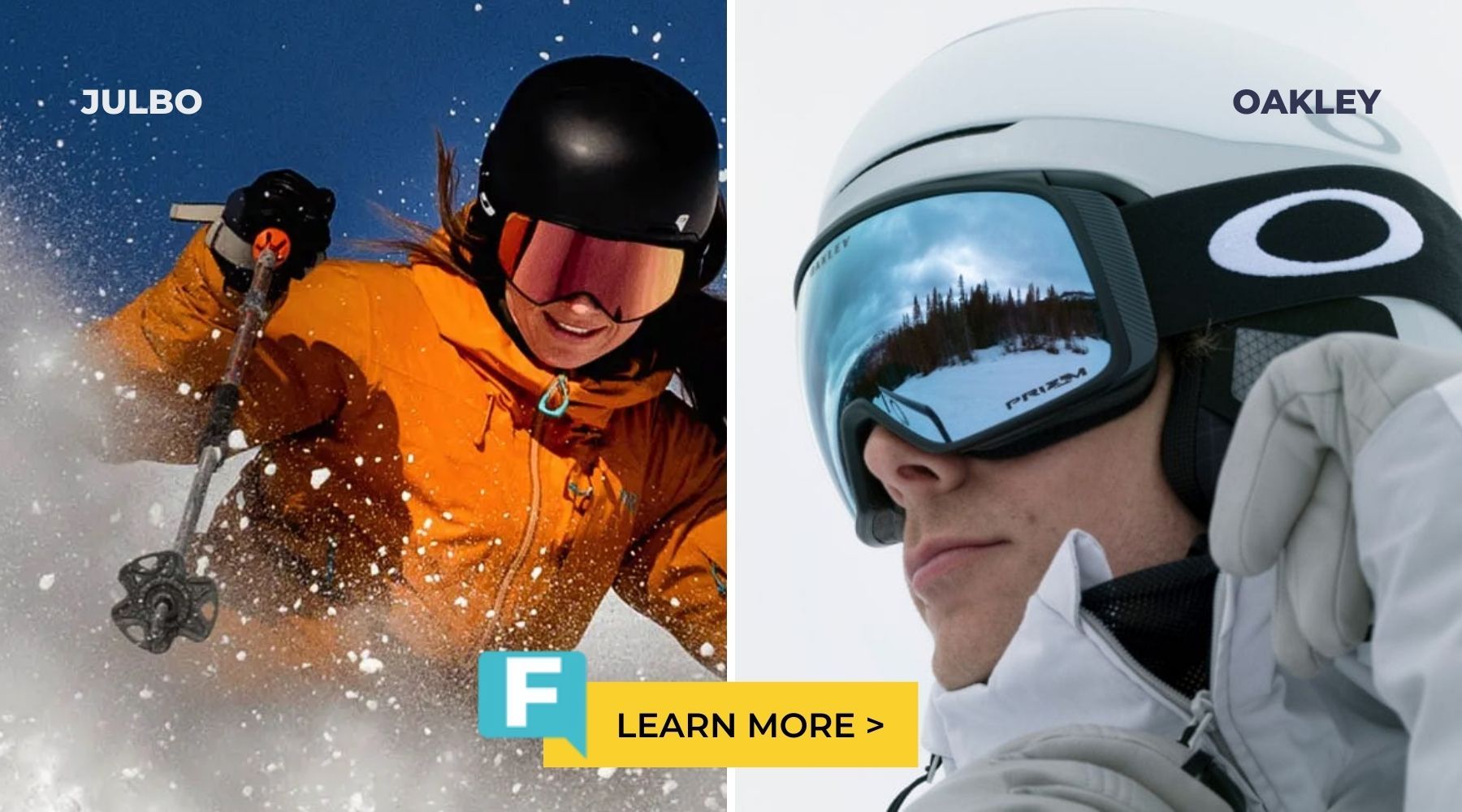
More examples of ski goggles and what VLT to look for when selecting the right pair can be found in our article: BEST SKI GOGGLES for Your Next Family Vacation.
Choosing the Right Pair of Ski Goggles
VLT is an important factor, but not the only factor, when it comes to choosing the right pair of ski goggles for your needs. VLT affects how much light passes through your goggles, thereby influencing how well you can see on the slopes.
Different brands offer different levels of VLT depending on your needs, so be sure to do some research before making a purchase. No matter what brand or model ski goggles you choose, having the appropriate level of VLT will help ensure that your vision remains clear even in tough weather conditions or extreme terrain.
From Smith's interchangeable ChromaPop lens system; to Oakley's Prizm Lens Technology; to Julbo's Spectron 3CF and Photochromic lens, there are plenty of options available for all kinds of skiers looking for superior clarity and contrast on their next adventure!
Smith, Oakley, and Julbo are all great choices when it comes to finding quality ski goggles with just the right amount of VLT for your needs!
With proper care and maintenance, these ski goggles will keep you safe and sound during your next trip down the slopes!
HAPPY SKIING!
Your FavReviews Team
You will also like our article: BEST SKI GOGGLES for Your Next Family Vacation
Why Trust Us?
We hope you find your next favorite thing from FavReviews! We are a family friendly product review site.
Four Generation Family: As a four generation family, the breadth of products we consume and review as brand ambassadors is vast. But we can tell you, in general, in we love the outdoors, sports, staying active, living healthy and celebrating the changing seasons.
Trending Products: We also love finding new trending products and we are happy to pass along our research of new trending products to you. Follow us so you don't miss out on a thing! We send out cool emails with our latest reviews, and we will never sell or misuse your information.
Opinions Based on Use, Research and Reviews: Each product we write about is independently selected by our editors. All opinions in this article are our own, based on our own use of the product(s), or hours of research and reading reviews. We will never recommend something we wouldn't use ourselves in our own family.
Compensation: Yes, FavReviews may collect a share of sales or other compensation from the links on this page if you decide to buy something (that's how we stay in business). But, the product never costs you more, in fact in some cases, we hope we might help save you money based on our recommendations.
Reviews have been edited for length and clarity. Enjoy finding your next favorite thing! Happy Shopping! Your FavReviews Team

